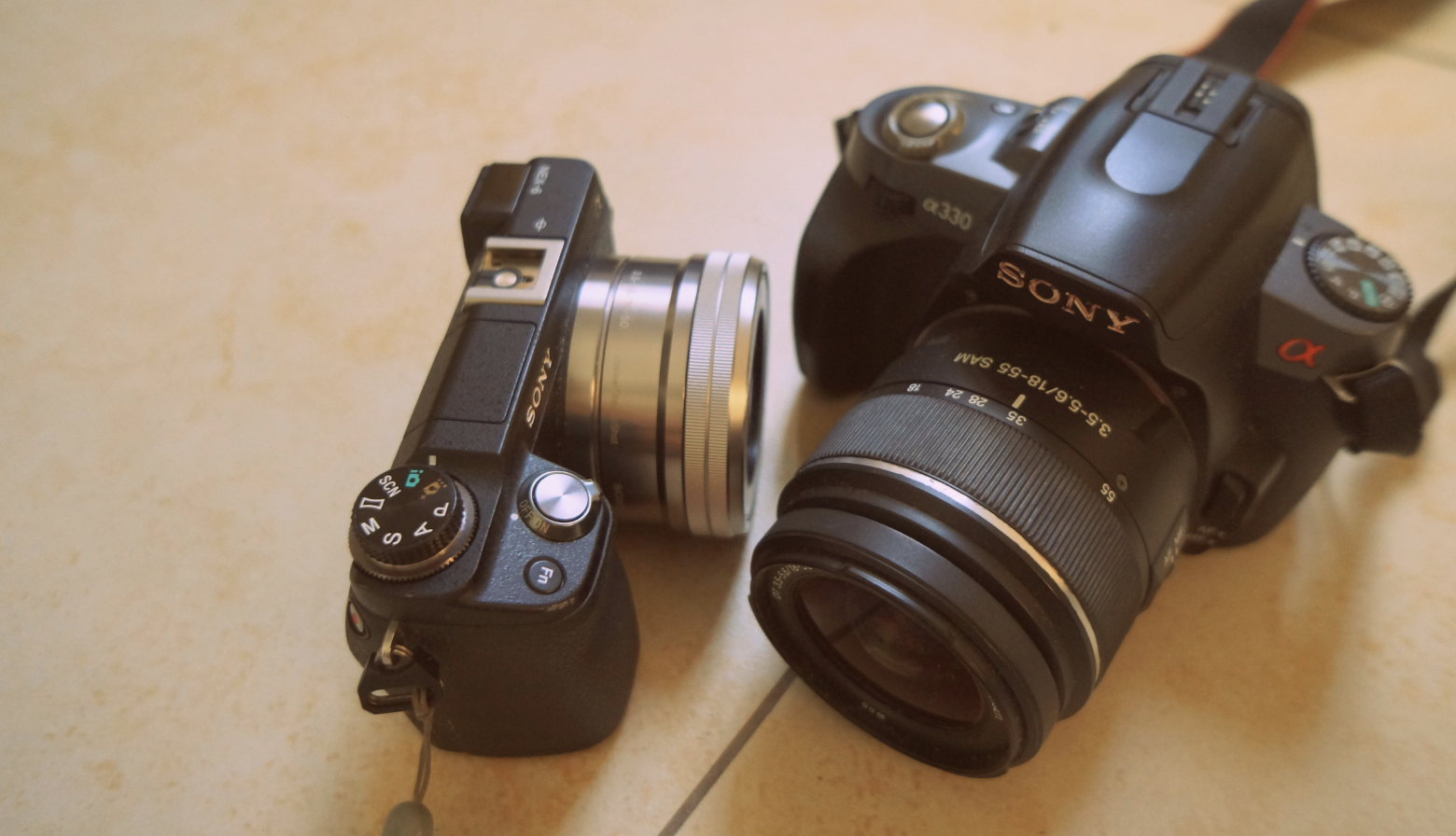The popularity of Sony’s alpha mirrorless camera series like the a6000 and the recent a7III has made Sony a major disruptor in a market that has been traditionally dominated for decades by the two camera giants Canon and Nikon.
Whilst Canon and Nikon have been resting on their laurels, Sony has been busy innovating and releasing game-changing products like the Sony a9 with its stacked sensor and ability to silently shoot 20 frames-per-second without any blackouts. Their superb G Master lenses have also surpassed expectations and firmly cemented Sony as a camera company with serious ambition and big plans for the future.
Sony’s first full-frame mirrorless camera the Sony a7 was released in October 2013. Five years later Canon and Nikon both finally launched their own full-frame mirrorless cameras, with Nikon launching their Z6 and Z7 and Canon with the Canon R and RP cameras.
With a five-year head start it’s safe to say that Canon and Nikon have some catching up to do, not only with the technology inside their cameras but also with their lens line-ups. If you are fortunate to own the latest Sony a7III then you will be pleased to know that Sony has 27 native full-frame E-mount lenses for the Sony a7III which can be used on all of their E-mount mirrorless cameras, and there are over 20 third-party full-frame E-mount lenses available as well. Nikon and Canon on the other hand only have five full-frame mirrorless lenses each to offer right now, not exactly a big choice for creative photographers!
However, both Canon and Nikon have most certainly woken up and are most definitely investing big time into closing the gap with Sony. Canon’s RF lenses are really pretty spectacular, and they are managing to design and develop lenses that are both smaller in size and lighter than the Sony equivalents.
Nikon is also working hard and their own NIKKOR Z Series lens line-up is pretty impressive, although they also come with a stiff price tag. However, unlike Sony Nikon has not opened their new Z Mount specifications to third-parties, meaning any third-party lens companies need to reverse engineer Nikons mount making it more difficult for them to produce their own Z-mount lenses.
So 2019 is already shaping up to be a pretty exciting year in the camera industry. Sony has already pulled out their big guns and announced major software updates for their a7III, a7R III and a9 cameras. These updates will bring real-time Animal Eye AF tracking technology, a first for any camera. So if you enjoy shooting wildlife or your pets, it’s going to be easier than ever to nail the focus on the eyes.
Canon and Nikon, on the other hand, are still trying to perfect Eye AF for humans, something that Sony has already been doing extremely well for years. It’s a pretty safe bet to say that Animal Eye AF is not going to be found in any Nikon or Canon cameras this year and probably not in 2020 either.
The photography press has nicknamed this battle Mirrorless Wars and it’s not difficult to see why. The photography market is worth billions of dollars and despite the improvement in mobile camera technology, professional camera sales are still doing extremely well.
Sony certainly has the best mirrorless technology today, but Canon and Nikon are most definitely on the warpath and it’s only a matter of time before they catch up.

